A Rare Bourdon and Richards Clock Barometer
A very rare 19th century drum cased clock barometer, by Bourdon and Richards, Paris. This clocks innovative design has the barometer hand emerging from the centre of the clock hand arbor mking the clock and barometer part of the same mechanism, with the roman clock dial set inside the outer barometer dial. The eight day timepiece movement is regulated by a high quality silvered english platform escapement. The barometer component operates using a Bourdon tube, which surrounds the clock movement and is clearly visible through the glazed back panel. . The barometer's dial is calibrated in inches of mercury, with the usual weather indicators around the dial.
The mechanism of this clock and barometer rely on an extraordinary level of precision to allow them both to work, with extremely finely cut teeth on the crescent lever that transmits the change in pressure from the Bourdon tube to the indicator needle through the centre of the clock.
The French engineer Eugene Bourdon (1808-1884) was an early rival of Lucien Vidie, the inventor of the bellows movement, securing a patent for his crescent-shaped mechanism design in 1849. Bourdon was a prolific inventor and respected craftsman. Today, his barometer movements are valued for their craftsmanship, and rarity.
Housed in a polish brass drum the clock sits on its original ebonised base. the movement and back plate stamped throughout the hte makers marks.
27cm H x 20 cm W x 10cm D (with stand)
A very rare 19th century drum cased clock barometer, by Bourdon and Richards, Paris. This clocks innovative design has the barometer hand emerging from the centre of the clock hand arbor mking the clock and barometer part of the same mechanism, with the roman clock dial set inside the outer barometer dial. The eight day timepiece movement is regulated by a high quality silvered english platform escapement. The barometer component operates using a Bourdon tube, which surrounds the clock movement and is clearly visible through the glazed back panel. . The barometer's dial is calibrated in inches of mercury, with the usual weather indicators around the dial.
The mechanism of this clock and barometer rely on an extraordinary level of precision to allow them both to work, with extremely finely cut teeth on the crescent lever that transmits the change in pressure from the Bourdon tube to the indicator needle through the centre of the clock.
The French engineer Eugene Bourdon (1808-1884) was an early rival of Lucien Vidie, the inventor of the bellows movement, securing a patent for his crescent-shaped mechanism design in 1849. Bourdon was a prolific inventor and respected craftsman. Today, his barometer movements are valued for their craftsmanship, and rarity.
Housed in a polish brass drum the clock sits on its original ebonised base. the movement and back plate stamped throughout the hte makers marks.
27cm H x 20 cm W x 10cm D (with stand)
A very rare 19th century drum cased clock barometer, by Bourdon and Richards, Paris. This clocks innovative design has the barometer hand emerging from the centre of the clock hand arbor mking the clock and barometer part of the same mechanism, with the roman clock dial set inside the outer barometer dial. The eight day timepiece movement is regulated by a high quality silvered english platform escapement. The barometer component operates using a Bourdon tube, which surrounds the clock movement and is clearly visible through the glazed back panel. . The barometer's dial is calibrated in inches of mercury, with the usual weather indicators around the dial.
The mechanism of this clock and barometer rely on an extraordinary level of precision to allow them both to work, with extremely finely cut teeth on the crescent lever that transmits the change in pressure from the Bourdon tube to the indicator needle through the centre of the clock.
The French engineer Eugene Bourdon (1808-1884) was an early rival of Lucien Vidie, the inventor of the bellows movement, securing a patent for his crescent-shaped mechanism design in 1849. Bourdon was a prolific inventor and respected craftsman. Today, his barometer movements are valued for their craftsmanship, and rarity.
Housed in a polish brass drum the clock sits on its original ebonised base. the movement and back plate stamped throughout the hte makers marks.
27cm H x 20 cm W x 10cm D (with stand)














